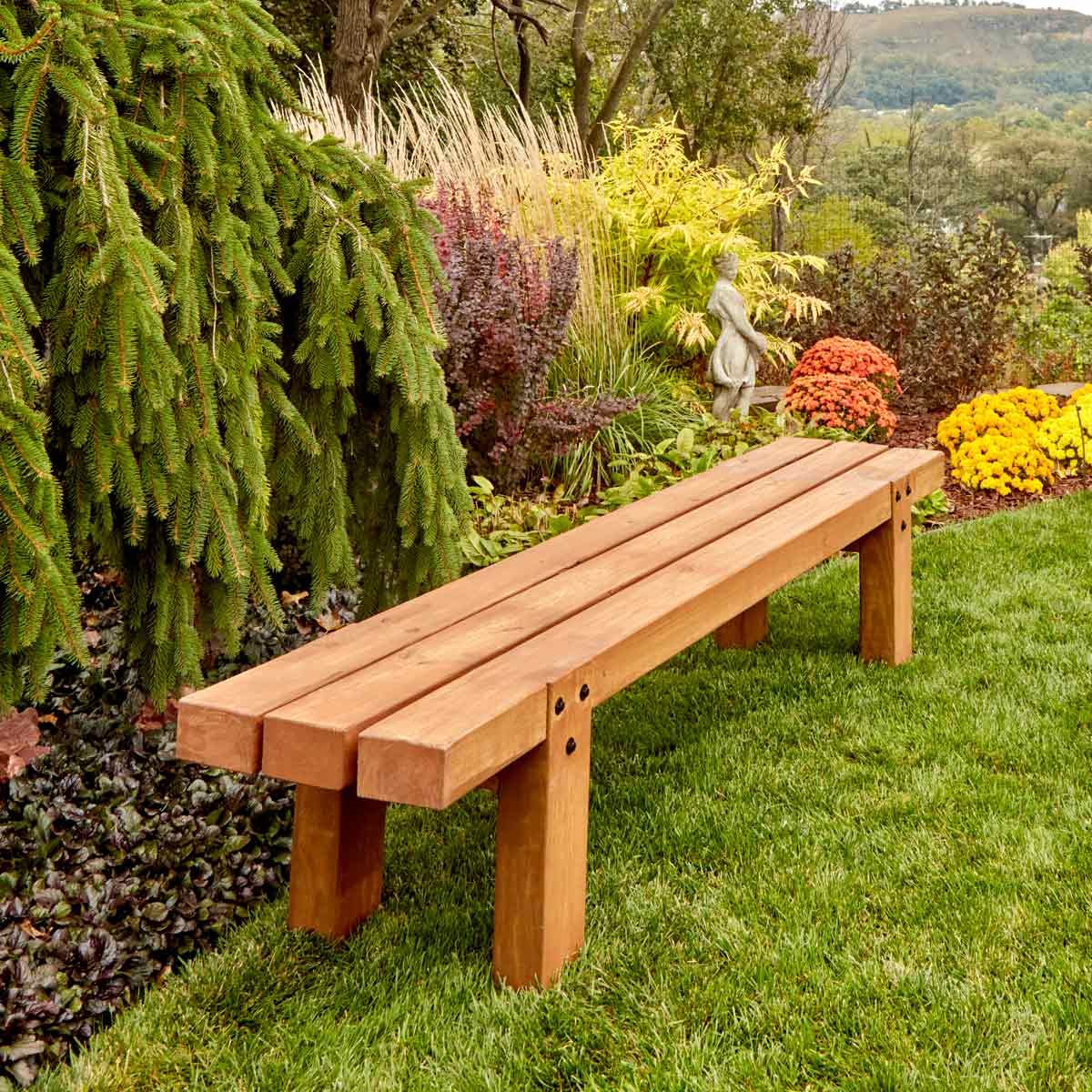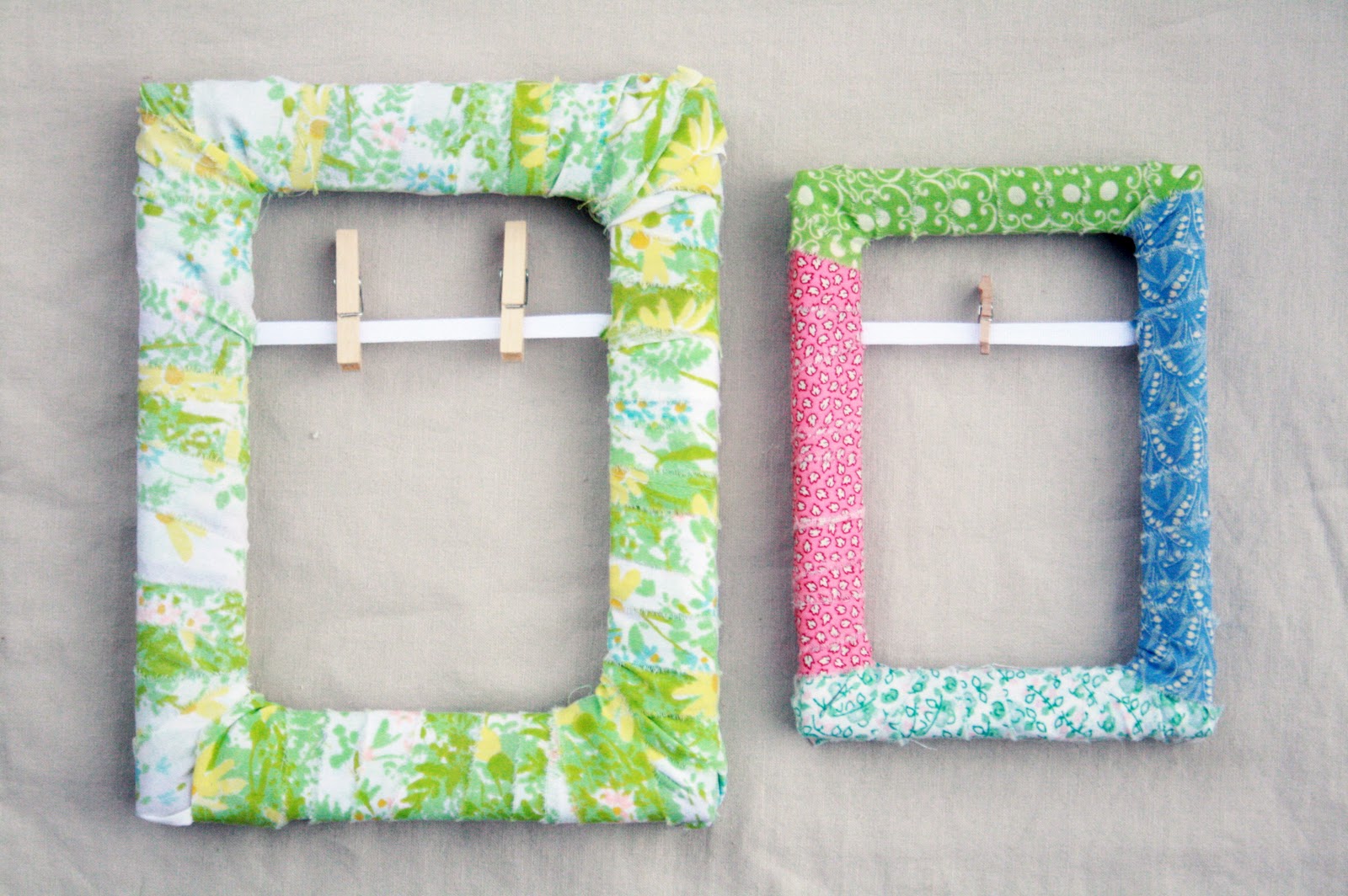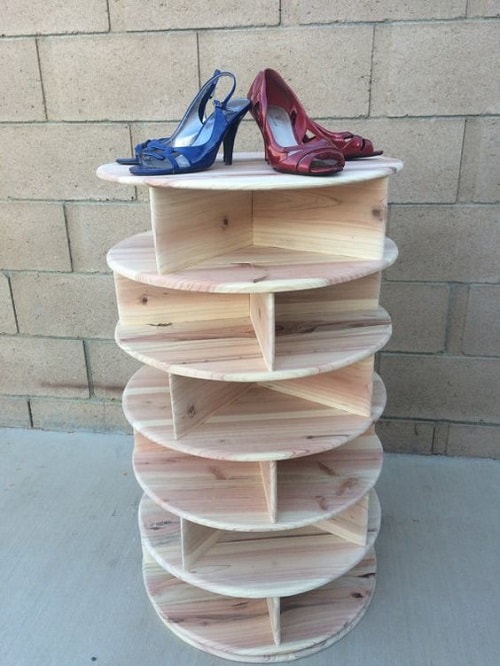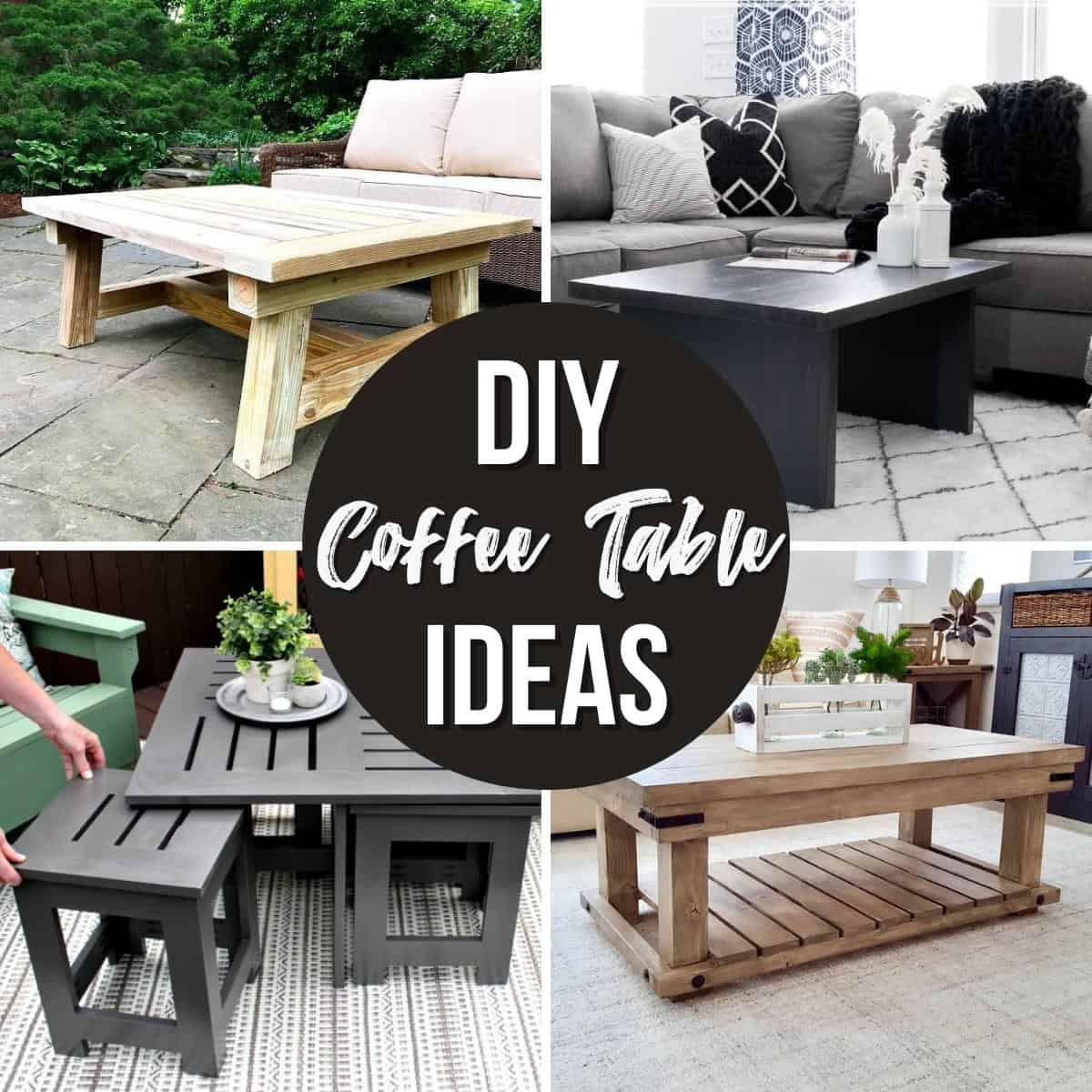
DIY Wooden Benches for Modern and Cozy Home Interiors
Hey there, fellow design enthusiasts! Let's talk about wooden benches. These versatile pieces of furniture are not only practical but also incredibly stylish. They can transform any space, adding warmth, functionality, and a touch of rustic charm. But here's the exciting part â€" building your own wooden bench is easier than you might think! This guide will walk you through the entire process, from choosing the right wood and design to assembling and finishing your masterpiece. So, grab your tools, gather your materials, and let's create something special together.Why Choose Wooden Benches?
Wooden benches are a timeless classic for several reasons:
- Versatility: They seamlessly blend with various design styles, from minimalist to farmhouse and everything in between.
- Durability: With proper care, wooden benches can last for years, adding value and character to your home.
- Functionality: They offer additional seating, storage space (with built-in compartments), and even serve as room dividers.
- Personalization: The beauty of DIY is the freedom to customize your bench, choosing the dimensions, style, and finishing touches that suit your taste.
Design Inspiration for Your Wooden Bench
Before you start gathering materials, it's important to visualize your dream bench. Here are some ideas to spark your creativity:
Modern Minimalist Bench
This sleek design focuses on clean lines, simple shapes, and a minimal use of materials. Opt for a light wood like birch or maple and a clear, natural finish. You can incorporate metal accents for a modern touch.
Rustic Farmhouse Bench
Think reclaimed wood, distressed finishes, and a touch of farmhouse charm. Incorporate details like X-shaped supports, wide planks, and a natural, weathered look.
Mid-Century Modern Bench
This style blends functionality with elegance. Consider walnut or mahogany for a rich, warm tone, and incorporate geometric shapes and tapered legs.
Bohemian Bench
Embrace the eclectic and colorful with a bohemian bench. Use a mix of woods, textures, and vibrant colors. You can even add fabric cushions or tassels for an extra touch of personality.
Materials and Tools You'll Need
Now, let's gather the essentials:
- Wood: Pine, cedar, oak, maple, walnut, or reclaimed wood. Consider the desired look and durability.
- Lumber: 2x4s for the legs and supports, and 1x12s or 1x6s for the seat and backrest.
- Hardware: Screws, wood glue, hinges (if building a bench with a lid), and corner brackets (optional).
- Finishing Supplies: Wood stain, paint, sealant, and brushes.
- Tools: Saw (circular or chop saw), drill, measuring tape, level, pencil, sander, and safety gear (goggles, gloves, and ear protection).
Step-by-Step Guide to Building Your Wooden Bench
Ready to get your hands dirty? Here's a general outline for building your bench:
- Plan and Design: Sketch out your bench design, determine the dimensions, and create a cutting list for your lumber.
- Cut the Lumber: Carefully cut the wood according to your measurements. Use a saw with a straight edge guide for precise cuts.
- Assemble the Legs and Supports: Join the legs to the support beams using wood glue and screws. Ensure the structure is square and sturdy.
- Attach the Seat and Backrest: Secure the seat and backrest planks to the supports using wood glue and screws. Make sure the seat is level and comfortable.
- Add Optional Features: If you're building a bench with storage, attach hinges to the seat and create a lid. You can also add decorative accents or corner brackets.
- Sand and Finish: Sand the entire bench to create a smooth surface. Apply stain, paint, or sealant according to your desired finish.
Tips for Success
Here are some handy tips to make the process easier and ensure a high-quality finished product:
- Measure twice, cut once: Accuracy is crucial, so double-check your measurements before making any cuts.
- Use a level: Ensure that your bench is level and stable for a professional look and comfortable seating.
- Pre-drill holes: This will prevent wood from splitting when you're driving screws.
- Sand thoroughly: A smooth finish will prevent splinters and allow the stain or paint to adhere evenly.
- Apply multiple coats of finish: This will protect your bench from wear and tear and enhance its durability.
Beyond the Basics: Creative Ideas
Ready to take your wooden bench to the next level? Here are some exciting ideas to personalize your creation:
- Incorporate Built-in Storage: Create a bench with a hinged lid to store blankets, books, or other items.
- Add a Backrest: Enhance comfort and create a more inviting seating experience.
- Choose Unique Wood Types: Reclaimed wood, driftwood, or even bamboo can add a distinct character to your bench.
- Experiment with Finishes: Try distressed paint, metallic finishes, or a natural oil-based sealant for a unique look.
- Decorate with Upholstery: Add cushions, fabric panels, or even leather accents for a touch of softness and style.
Frequently Asked Questions
You've got questions, we've got answers! Here are some common queries:
Q: What kind of wood is best for a DIY bench?
A: Pine is affordable and easy to work with, but it's softer. Oak, maple, and walnut are stronger and more durable but also more expensive. Consider your project's needs and your budget.
Q: How do I prevent the wood from warping?
A: Make sure the wood is properly dried and acclimated to your environment before assembling. Choose lumber that is kiln-dried, and store it in a dry, well-ventilated space.
Q: How do I choose the right finish for my bench?
A: Consider the look you want to achieve. Stains enhance the natural beauty of the wood, while paints allow for greater color and style options. Sealants protect the wood from moisture and scratches.
Q: Can I add storage to my bench?
A: Absolutely! You can build a lidded bench with a compartment for storage or create a simple shelf underneath for extra space.
There you have it! Armed with these tips, you're ready to embark on your DIY wooden bench adventure. Embrace the creative process, enjoy the challenge, and create a unique piece that reflects your personal style.












